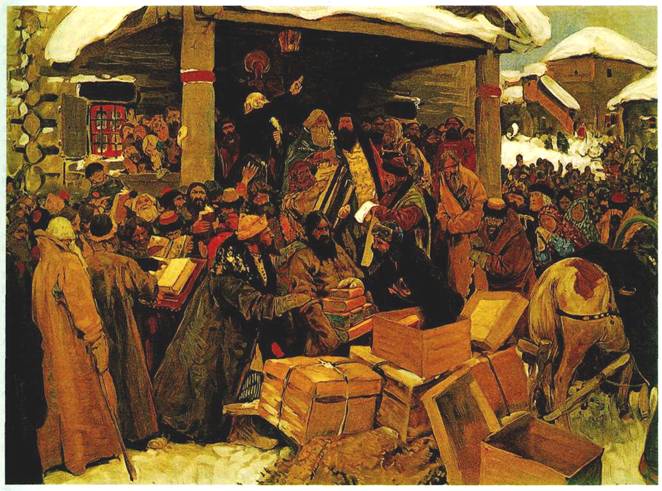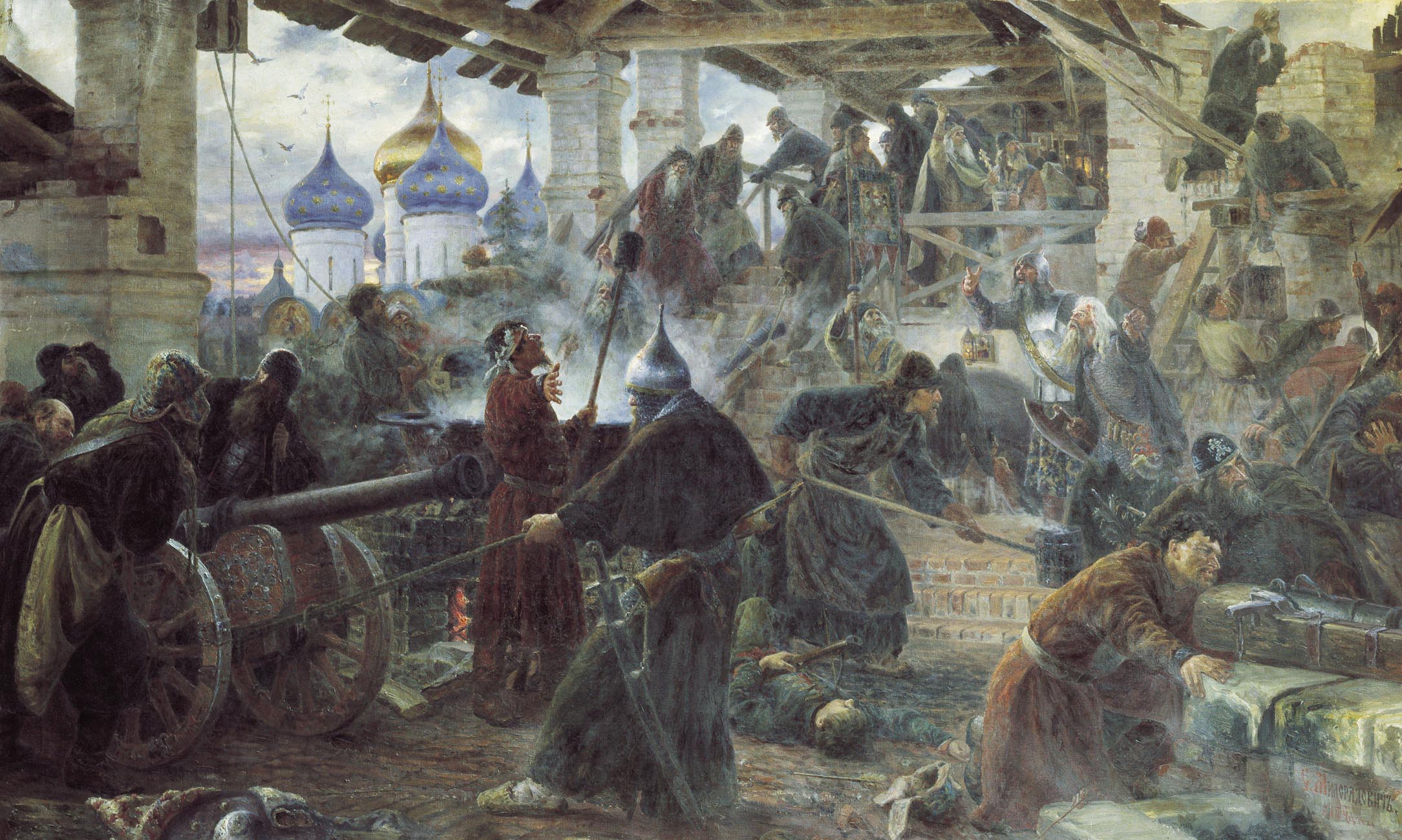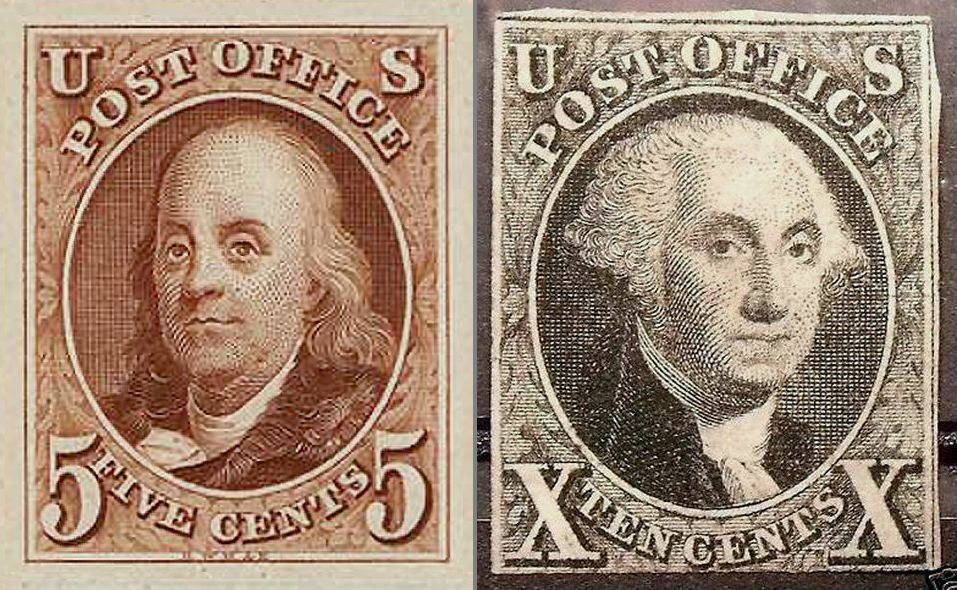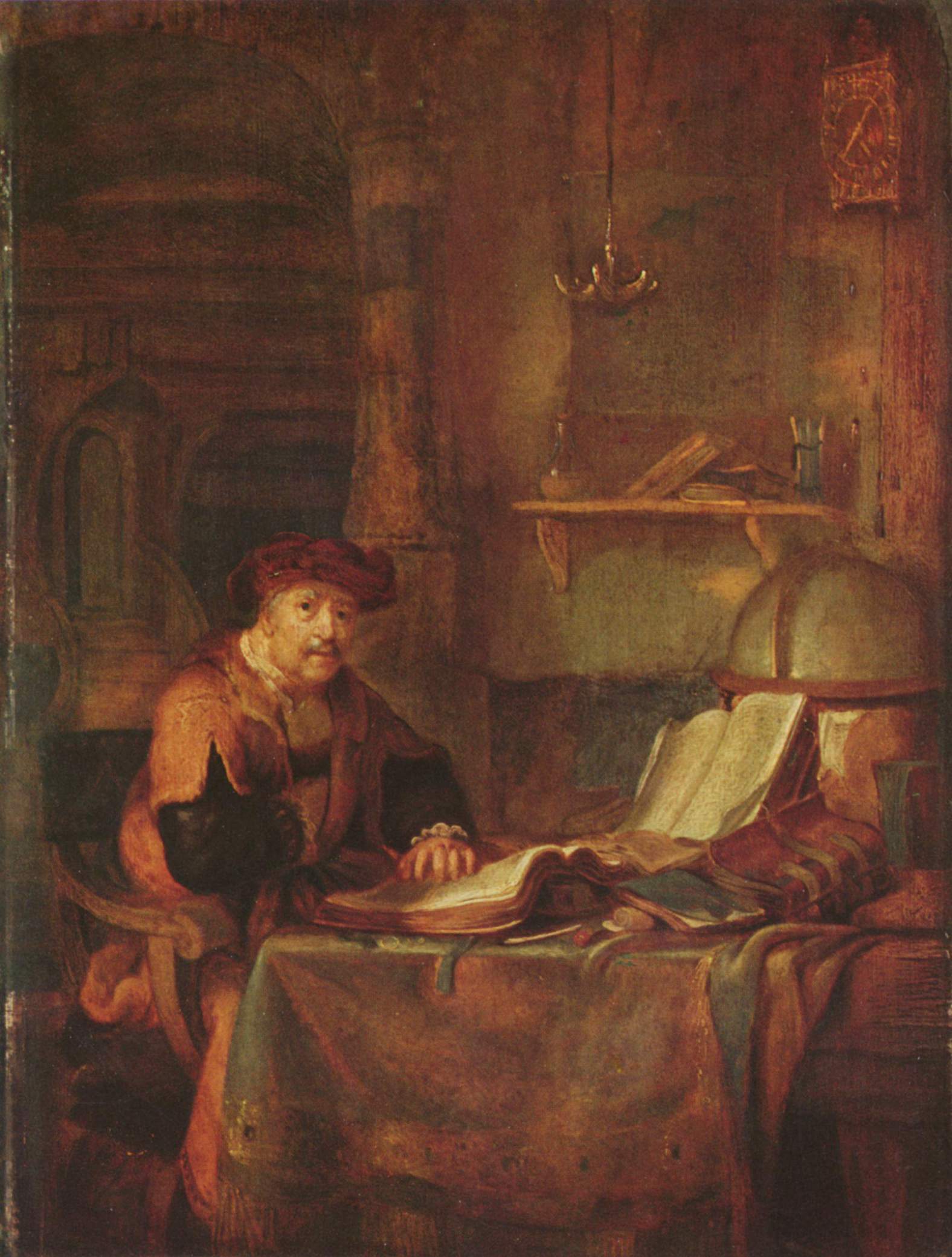|
Nikolay Kapterev
Kapterev, Nikolai Fyodorovich (8 July 1847 – 31 December 1917) was a church historian, professor at the Church Academy, and corresponding member of the Imperial Academy of Sciences. He is especially known for his publications refuting the theory of the Russian State Church regarding the causes of the Schism of 1666–67. Many of his works are being referred to by the Old Believers when explaining and defending their point of view of the Schism in the Russian Orthodox Church. Nikolai F. Kapterev started his study at the Church Institute of Zvenigorod and continued his studies at the Vnifansky Church Academy. At this Academy he took his first degree, after having written a thesis on worldly assistants of Archbishops in ancient Russia. Then he was employed as a teacher at the history department of the Moscow Church Academy. At this time he did intensive research work in archives. In 1883 he started publishing his monography "The character of Russia's relationship with the orthodox E ... [...More Info...] [...Related Items...] OR: [Wikipedia] [Google] [Baidu] |
Russian Academy Of Sciences
The Russian Academy of Sciences (RAS; russian: Росси́йская акаде́мия нау́к (РАН) ''Rossíyskaya akadémiya naúk'') consists of the national academy of Russia; a network of scientific research institutes from across the Russian Federation; and additional scientific and social units such as libraries, publishing units, and hospitals. Peter the Great established the Academy (then the St. Petersburg Academy of Sciences) in 1724 with guidance from Gottfried Leibniz. From its establishment, the Academy benefitted from a slate of foreign scholars as professors; the Academy then gained its first clear set of goals from the 1747 Charter. The Academy functioned as a university and research center throughout the mid-18th century until the university was dissolved, leaving research as the main pillar of the institution. The rest of the 18th century continuing on through the 19th century consisted of many published academic works from Academy scholars and a few Ac ... [...More Info...] [...Related Items...] OR: [Wikipedia] [Google] [Baidu] |
Raskol
The Schism of the Russian Church, also known as Raskol (russian: раскол, , meaning "split" or " schism"), was the splitting of the Russian Orthodox Church into an official church and the Old Believers movement in the mid-17th century. It was triggered by the reforms of Patriarch Nikon in 1653, which aimed to establish uniformity between Greek and Russian church practices. Church reforms and reaction to them The members of an influential circle called the Zealots of Piety (Russian: Кружок ревнителей благочестия, ''Kruzhok revnitelei blagochestiya'') stood for purification of Russian Orthodox faith. They strove to reform Muscovite society, bringing it into closer accordance with Christian values and to improve church practices. As a consequence, they also were engaged in the removal of alternative versions and correction of divine service books. The most influential members of this circle were Archpriests Avvakum, Ivan Neronov, Stephan Voni ... [...More Info...] [...Related Items...] OR: [Wikipedia] [Google] [Baidu] |
Old Believers
Old Believers or Old Ritualists, ''starovery'' or ''staroobryadtsy'' are Eastern Orthodox Christians who maintain the liturgical and ritual practices of the Russian Orthodox Church as they were before the reforms of Patriarch Nikon of Moscow between 1652 and 1666. Resisting the accommodation of Russian piety to the contemporary forms of Greek Orthodox worship, these Christians were anathematized, together with their ritual, in a Synod of 1666–67, producing a division in Eastern Europe between the Old Believers and those who followed the state church in its condemnation of the Old Rite. Russian speakers refer to the schism itself as ''raskol'' (), etymologically indicating a "cleaving-apart". Introduction In 1652, Patriarch Nikon (1605–1681; patriarch of the Russian Orthodox Church from 1652 to 1658) introduced a number of ritual and textual revisions with the aim of achieving uniformity between the practices of the Russian and Greek Orthodox churches. Nikon, having no ... [...More Info...] [...Related Items...] OR: [Wikipedia] [Google] [Baidu] |
Russian Orthodox Church
, native_name_lang = ru , image = Moscow July 2011-7a.jpg , imagewidth = , alt = , caption = Cathedral of Christ the Saviour in Moscow, Russia , abbreviation = ROC , type = , main_classification = Eastern Orthodox , orientation = Russian Orthodoxy , scripture = Elizabeth Bible (Church Slavonic language, Church Slavonic)Russian Synodal Bible, Synodal Bible (Russian language, Russian) , theology = Eastern Orthodox theology , polity = Episcopal polity, Episcopal , governance = Holy Synod of the Russian Orthodox Church , structure = Koinonia, Communion , leader_title = , leader_name = , leader_title1 = Primate , leader_name1 = Patriarch of Moscow and all Rus', Patriarch Patriarch Kirill of Moscow, Kirill of Moscow , leader_title2 = , leader_name2 = , leader_title3 = Bishops , leader_ ... [...More Info...] [...Related Items...] OR: [Wikipedia] [Google] [Baidu] |
Patriarch Nikon
Nikon ( ru , Ни́кон, Old Russian: ''Нїконъ''), born Nikita Minin (''Никита Минин''; 7 May 1605 – 17 August 1681) was the seventh Patriarch of Moscow and all Rus' of the Russian Orthodox Church, serving officially from 1652 to 1666. He was renowned for his eloquence, energy, piety and close ties to Tsar Alexis of Russia. Nikon introduced many reforms, including liturgical reforms that were unpopular among conservatives. These divisions eventually led to a lasting schism known as ''Raskol'' (schism) in the Russian Orthodox Church. For many years, he was a dominant political figure, often equaling or even overshadowing the Tsar. In December 1667, Nikon was tried by a synod of church officials, deprived of all his sacerdotal functions, and reduced to the status of a simple monk. Early life Son of a Russian peasant farmer named Mina, he was born on 7 May 1605 in the village of Valmanovo, 90 versts (96 km or 60 miles) from Nizhny Novgorod. His mother di ... [...More Info...] [...Related Items...] OR: [Wikipedia] [Google] [Baidu] |
Alexis Of Russia
Aleksey Mikhaylovich ( rus, Алексе́й Миха́йлович, p=ɐlʲɪkˈsʲej mʲɪˈxajləvʲɪtɕ; – ) was the Tsar of Russia from 1645 until his death in 1676. While finding success in foreign affairs, his reign saw several wars with Iran, Poland and Sweden, as well as internal instabilities such as the Salt Riot in Moscow and the Cossack revolt of Stenka Razin in southern Russia. In religious matters, he sided closely with Patriarch Nikon during the schism in the Russian Orthodox Church which saw unpopular liturgical reforms. He was the first tsar to sign laws on his own authority and his council passed the Sobornoye Ulozheniye of 1649 which strengthened the bonds between autocracy and the lower nobility, at the time of his death Russia spanned almost . Early life and reign Born in Moscow on , the son of Tsar Michael and Eudoxia Streshneva, the sixteen-year-old Alexis acceded to the throne after his father's death on 12 July 1645. In August, the Tsar' ... [...More Info...] [...Related Items...] OR: [Wikipedia] [Google] [Baidu] |
State Duma
The State Duma (russian: Госуда́рственная ду́ма, r=Gosudárstvennaja dúma), commonly abbreviated in Russian as Gosduma ( rus, Госду́ма), is the lower house of the Federal Assembly of Russia, while the upper house is the Federation Council. The Duma headquarters are located in central Moscow, a few steps from Manege Square. Its members are referred to as deputies. The State Duma replaced the Supreme Soviet as a result of the new constitution introduced by Boris Yeltsin in the aftermath of the Russian constitutional crisis of 1993, and approved in a nationwide referendum. In the 2007 and 2011 Russian legislative elections a full party-list proportional representation with 7% electoral threshold system was used, but this was subsequently repealed. The legislature's term length was initially 2 years in the 1993–1995 elections period, and 4 years in 1999–2007 elections period; since the 2011 elections the term length is 5 years. History Early ... [...More Info...] [...Related Items...] OR: [Wikipedia] [Google] [Baidu] |
Avvakum Petrov
Avvakum Petrov (russian: link=no, Аввакум Петров; 20 November 1620/21 – 14 April 1682) (also spelled Awakum) was an Old Believer and Russian protopope of the Kazan Cathedral on Red Square who led the opposition to Patriarch Nikon's reforms of the Russian Orthodox Church. His autobiography and letters to the tsar and other Old Believers such as Boyarynya Morozova are considered masterpieces of 17th-century Russian literature. Life and writings He was born in Grigorovo, in present-day Nizhny Novgorod. Starting in 1652 Nikon, as Patriarch of the Russian Church, initiated a wide range of reforms in Russian liturgy and theology. These reforms were intended mostly to bring the Russian Church into line with the other Eastern Orthodox Churches of Eastern Europe and the Middle East. Avvakum and others strongly rejected these changes. They saw them as a corruption of the Russian Church, which they considered to be the true Church of God. The other Churches were more ... [...More Info...] [...Related Items...] OR: [Wikipedia] [Google] [Baidu] |
1847 Births
Events January–March * January 4 – Samuel Colt sells his first revolver pistol to the U.S. government. * January 13 – The Treaty of Cahuenga ends fighting in the Mexican–American War in California. * January 16 – John C. Frémont is appointed Governor of the new California Territory. * January 17 – St. Anthony Hall fraternity is founded at Columbia University, New York City. * January 30 – Yerba Buena, California, is renamed San Francisco. * February 5 – A rescue effort, called the First Relief, leaves Johnson's Ranch to save the ill-fated Donner Party (California-bound emigrants who became snowbound in the Sierra Nevada earlier this winter; some have resorted to survival by cannibalism). * February 22 – Mexican–American War: Battle of Buena Vista – 5,000 American troops under General Zachary Taylor use their superiority in artillery to drive off 15,000 Mexican troops under Antonio López de Santa Anna, defeating the Mexicans the next day. * ... [...More Info...] [...Related Items...] OR: [Wikipedia] [Google] [Baidu] |
Scholars In Eastern Orthodoxy
A scholar is a person who pursues academic and intellectual activities, particularly academics who apply their intellectualism into expertise in an area of study. A scholar can also be an academic, who works as a professor, teacher, or researcher at a university. An academic usually holds an advanced degree or a terminal degree, such as a master's degree or a doctorate (PhD). Independent scholars, such as philosophers and public intellectuals, work outside of the academy, yet publish in academic journals and participate in scholarly public discussion. Definitions In contemporary English usage, the term ''scholar'' sometimes is equivalent to the term ''academic'', and describes a university-educated individual who has achieved intellectual mastery of an academic discipline, as instructor and as researcher. Moreover, before the establishment of universities, the term ''scholar'' identified and described an intellectual person whose primary occupation was professional research. In 1 ... [...More Info...] [...Related Items...] OR: [Wikipedia] [Google] [Baidu] |









